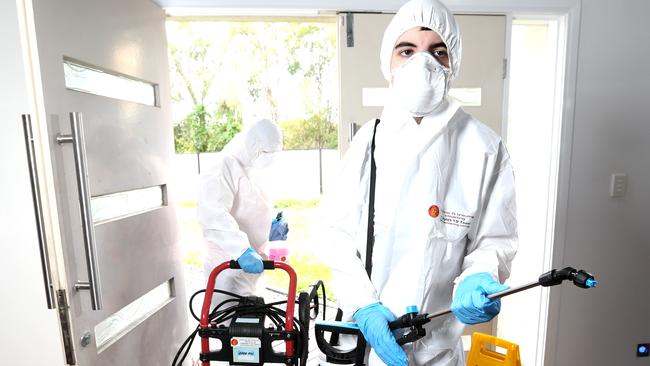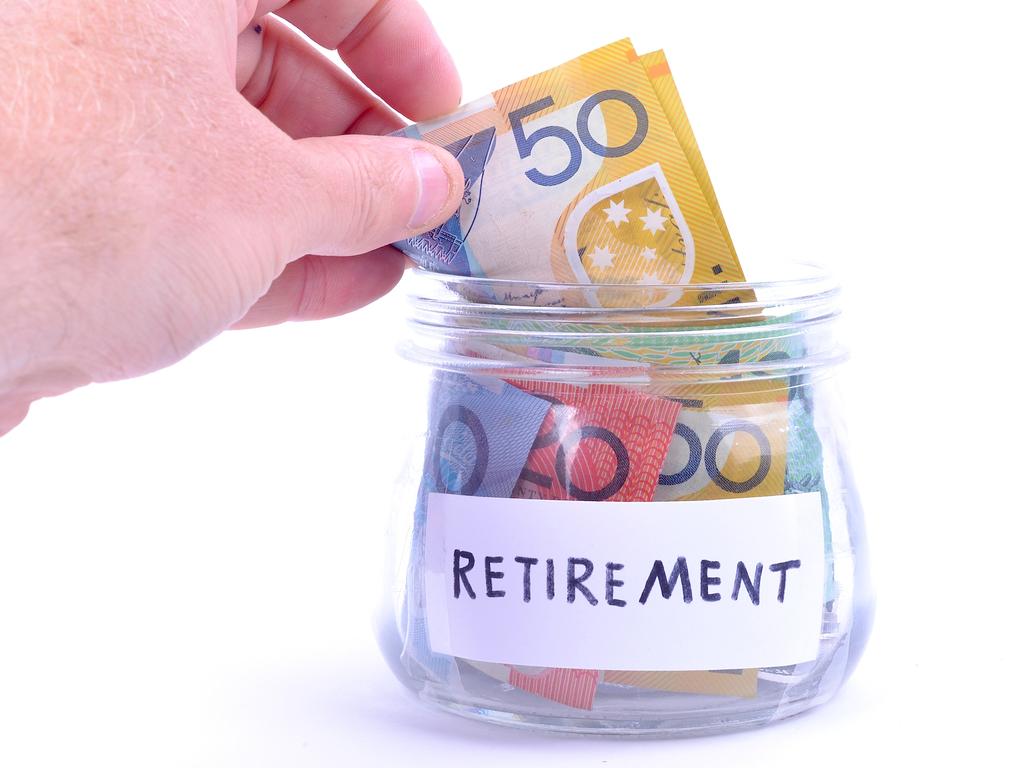Can you future-proof your portfolio?
The best thing to do this year is to think ahead for investing in a recovery. Here is what it might look like.

Imagine it’s 2022 and news headlines thankfully are dominated by the phrase “post-COVID”. Infection and daily deaths are no longer counted. News instead is about the sluggish economy, weak employment and political tensions.
So what’s it like to be an investor in 2022? What might an investor in 2020 like to know about the future?
First of all, yields from deposits and bonds are still depressed and are depressing to self-funded retirees. Many hold cash to help them sleep and now fund living from capital. The phrase “past performance is no guarantee of future returns” proves true for most bonds earning a 1 per cent return.
At least central banks protect against capital losses snuffing out any rise in yields — fearful of slowing the recovery or making government debt repayments more costly.
Inflation hasn’t risen but worries about it do, especially after the new Plibersek/Chalmers government supersizes the already giant “EconomyKeeper” stimulus.
Tax receipts are woeful, so the many infrastructure and new “social rebalancing” initiatives are indirectly funded by central bank purchased debt.
Australia wasn’t the first to pick from the “Magic Money Tree”. Modern Monetary Theory (MMT) was embraced first by the Democrat-led US government, then next in Europe once northern states stopped objecting.
A “virus debt jubilee” was discarded as not being stimulatory. In common with Japan, most debt is — or will soon be — owned by Central Banks anyway.
Inflation-linked bonds are popular but few borrowers issue them. Gold is 20 per cent off its 2021 high, reminding that it is a volatile store of wealth. Commodity prices are up and consumed in mega projects.
Locally there are rumours of wealth redistribution taxes, including a net worth tax and a “wealth transfer duty”.
Corporate earnings “e” are down 30 per cent from 2019. However, average p/e’s are up 40 per cent to a dizzy 24 as uncertainty recedes.
Accordingly, shares are priced what they were in mid-2020 largely travelling sideways. Optimistic bear market rallies brightened investor moods before geopolitical tensions and the high cost of satisfying “poorer” consumer demand while rewiring supply chains becomes known. The failure of one the best loved blue chips on the ASX jolted markets temporarily.
In a flat sharemarket, most investors have worked out dividends are precious and franking credits more so — assuming they last.
Prices of beaten up banks are up and so are commercial property trusts. Yes rents are down 30 per cent, but investors are happy to pay for a 3 per cent yield giving up hope for capital growth.
Clever shopping centre landlords start repurposing their well-located land and the rumoured demise of the office doesn’t eventuate.
The rise in global tech stocks ceased once starved governments started taxing revenue. Anti-trust legislation continues to work its way slowly, like it did in the other ’20s when Standard Oil and other giants were broken up.
The long-awaited hope that value stocks would beat growth stocks was met, although it was more about extremely expensive growth stocks becoming less so. The “big rally” was in energy, financials and REITs.
Another surprise for markets was the resilience of usually shaky emerging markets. Exposures to Asia, technology and resurging commodities helped. Emerging economies didn’t have the wealth to fight the virus and so rode to the other side harder, faster and cheaper.
Commodity currencies such as the Australian dollar are back up. The pound sterling rose, surprising analysts as an alternate safe-haven once the Brexit issue had finally been sorted out.
Residential property prices are still down. The long boom in Australian property is over. Renovate to riches TV shows are only available on the back catalogue. Demand was supported from returning expats and Hong Kong migrants. What fell was simply the multiple of wages Australians felt secure paying to enter the residential market.
Ample cheap homes for rent are a competitive alternative and don’t entice investors. Surprisingly country and holiday property prices rose when virus restrictions and clogged roads diminished the appeal of urban living.
This is all fiction and I caution you trying to profit from this vision.
The suggestion is probably you should invest for 2022 and give up figuring out 2020 and 2021 as some analysts have.
Douglas Turek is principal adviser with Professional Wealth






To join the conversation, please log in. Don't have an account? Register
Join the conversation, you are commenting as Logout